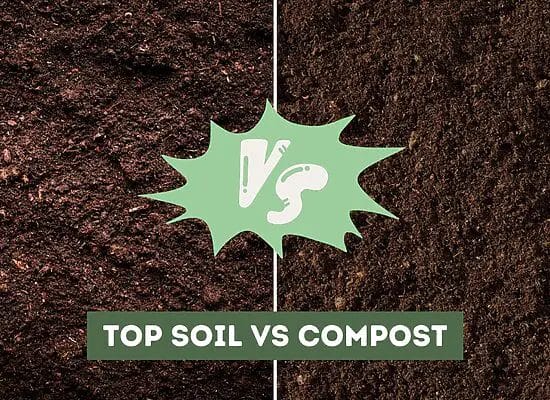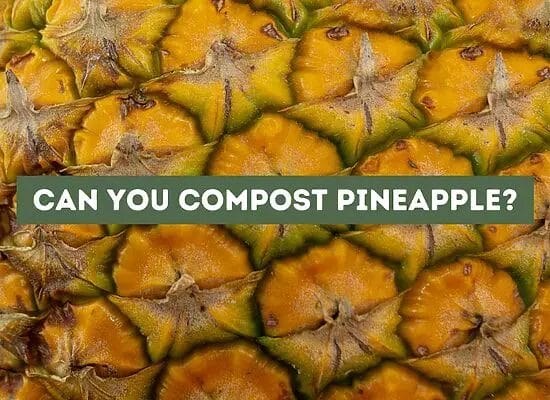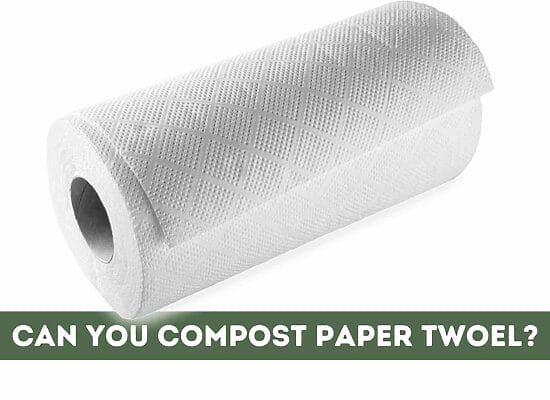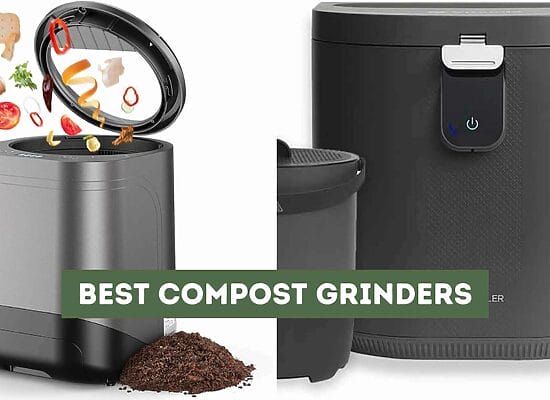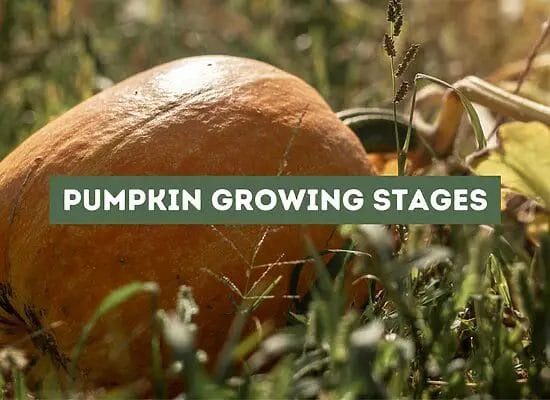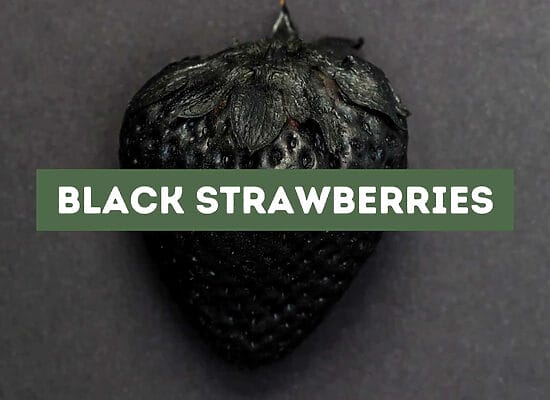
If you’re looking to add a new vegetable to your garden, asparagus is a great choice. Asparagus is a perennial plant that can last up to 15 years, making it a worthwhile investment.
However, growing asparagus requires patience and attention to detail. In this article, we’ll take a closer look at the asparagus growth stages to help you successfully cultivate this delicious and nutritious vegetable.
Key takeaways:
- Asparagus Characteristics and Benefits:
- Asparagus is a perennial vegetable belonging to the lily family.
- It can last up to 15 years and produces edible shoots harvested in spring.
- Varieties include Mary Washington, Jersey Giant, and Purple Passion.
- Growth Stages:
- Asparagus growth stages include germination, spear production, fern growth, and berry/bud development.
- Growth takes time, and it may take up to three years before the first harvest.
- Male and Female Plants:
- Asparagus plants can be male or female.
- Male plants yield larger spears, while female plants produce smaller spears but are better at seed production.
- Top Dressing:
- To provide nutrients, use top dressing with compost or fertilizer around the plants.
- Caring for Asparagus:
- Regular watering, balanced fertilization, mulching, and weed control are vital for healthy growth.
- Protect plants in winter by cutting back ferns and applying mulch to crowns.
- Optimal Harvesting:
- Harvest asparagus when spears reach 6 to 10 inches and are about index finger width.
- Harvest regularly during a six to eight-week period in spring, allowing ferns to develop after June 30.
- Storing Asparagus:
- Trim ends and store upright in water in the refrigerator.
- For longer storage, blanch and freeze in an airtight container or freezer bag.
Understanding Asparagus Plant
If you are planning to grow asparagus in your home garden, it is essential to understand the plant’s characteristics and requirements. Asparagus is a perennial vegetable that belongs to the lily family. Its scientific name is Asparagus officinalis. The plant can grow up to 5 feet tall and 3 feet wide. It has a fern-like appearance and produces edible shoots that are harvested in the spring.
Asparagus Varieties
There are several varieties of asparagus, each with its unique characteristics. The most common varieties are:
- Mary Washington: This variety is known for its large, tender, and flavorful shoots. It is also resistant to rust and fusarium wilt.
- Jersey Giant: This variety produces thick, meaty, and succulent shoots. It is also resistant to rust and fusarium wilt.
- Purple Passion: This variety has a unique purple color and a sweeter flavor than green asparagus. It is also rich in antioxidants.
When selecting an asparagus variety, consider factors such as taste, disease resistance, and yield. It is also essential to choose a variety that is suitable for your climate and soil type.
Asparagus Growth Stages
When it comes to growing asparagus, it is essential to understand the different growth stages of the plant. Knowing the growth stages can help you take care of the plant and ensure that it grows healthy and produces a bountiful harvest.
Germination
The first stage of asparagus growth is germination. This is when the seed begins to sprout, and it typically takes place in a controlled environment, such as a seed tray or greenhouse. During this stage, it is crucial to provide adequate moisture, warmth, and light for the seeds to germinate successfully.
Spear Production
Once the asparagus seeds have germinated, the plant will begin to produce spears. These spears are the edible part of the plant and are typically harvested in the spring. As the spears grow, they will eventually emerge from the soil and continue to grow until they reach their maximum height.
Fern Growth
After the spear production stage, the asparagus plant will enter the fern growth stage. During this stage, the plant will produce ferny foliage, also known as fronds. The ferns are essential for the plant’s health as they help to produce energy through photosynthesis. It is important to let the ferns grow and not cut them down, as they will help to ensure a healthy harvest the following year.
Berries and Buds
Towards the end of the fern growth stage, the asparagus plant will produce berries and buds. The berries are typically red and contain seeds that can be used to grow new asparagus plants. The buds are the beginning of the next year’s spear production and should be left on the plant to grow.
Male and Female Plants
It is important to note that asparagus plants can be either male or female. Male plants typically produce more and larger spears, while female plants produce smaller spears but are better at producing seeds. It is recommended to plant both male and female plants to ensure a healthy harvest and the ability to grow new plants from seeds.
Top Dressing
To ensure that your asparagus plants grow healthy and produce a bountiful harvest, it is essential to provide them with the proper nutrients. One way to do this is through top dressing, which involves adding a layer of compost or fertilizer to the soil around the plants. This will help to provide the plants with the necessary nutrients to grow strong and healthy.
Caring for Asparagus
Asparagus is a hardy perennial vegetable that requires minimal care once established. However, proper care is essential to ensure a bountiful harvest year after year. Here are some tips on caring for your asparagus plants:
Watering
Asparagus requires regular watering, especially during dry spells. Water deeply once a week, providing at least 1 inch (2.5 cm) of water. Be sure to water at the base of the plant to avoid wetting the foliage, which can lead to fungal diseases.
Fertilizing
Asparagus requires a steady supply of nutrients to produce healthy spears. Fertilize your plants in early spring before the spears emerge and again after the last harvest. Use a balanced fertilizer such as 10-10-10, applying 1 pound (0.45 kg) per 100 square feet (9.3 square meters) of bed.
Mulching
Mulching helps to conserve soil moisture, suppress weeds, and regulate soil temperature. Apply a 2- to 3-inch (5- to 7.5-cm) layer of organic mulch, such as straw, leaves, or grass clippings around the plants.
Weed Control
Weeds can compete with asparagus for nutrients and water, so it’s important to keep the bed weed-free. Hand-pull weeds as soon as they appear or use a hoe to shallowly cultivate the soil between the rows.
Top-Dressing
Asparagus benefits from a top-dressing of compost or well-rotted manure in the fall. Apply a 1- to 2-inch (2.5- to 5-cm) layer around the plants, being careful not to cover the crowns.
Winter Care
Asparagus goes dormant in the fall and requires little care during the winter months. Cut back the ferns to ground level after they turn brown, and remove any debris from the bed. Apply a layer of mulch to protect the crowns from freezing and thawing.
Pro Tip: Asparagus plants can be damaged by herbicides, so avoid using them near the plants. Instead, use hand weeding or shallow cultivation to control weeds.
Harvesting Asparagus
Timing plays a crucial role in harvesting asparagus. You should pick the spears when they reach a height of 6 to 10 inches and are about the width of your index finger. Harvesting should be done by cutting the spears at ground level as they appear in spring, before any flower buds at the tips start to unfurl. To protect the remaining spears, use a clean, sharp knife or gardening shears to avoid causing any harm.
The harvest period for asparagus typically lasts for six to eight weeks, from early May to late June in Minnesota. During this time, it’s important to harvest spears until June 30 and then allow the large feathery ferns to develop. Asparagus is one of the earliest harvested vegetables each spring and is a sign of the season.
To optimize your asparagus harvest, it’s important to start checking your plants daily as soon as the spears start to emerge. Spears start to emerge when the soil temperature reaches 50°F. After this, asparagus growth depends on air temperature. The best time to harvest asparagus is in the morning when the spears are still firm and before the temperature gets too warm.
It’s also important to remember that asparagus is a perennial vegetable, meaning that it will continue to produce spears for up to 20 years if properly cared for. To ensure a healthy harvest, avoid harvesting any spears during the first two years of growth. This allows the plant to establish strong roots and produce more spears in the future.
Dealing with Asparagus Problems
Growing asparagus can be a rewarding experience, but it’s not without its challenges. Here are some common problems you may encounter while growing asparagus and how to deal with them:
Asparagus Beetles
Asparagus beetles are a common pest that can damage your asparagus plants. Adult beetles are about 1/4 inch long and have black and yellow stripes. They lay their eggs on the asparagus ferns, and the larvae can cause significant damage to the plants.
To deal with asparagus beetles, you can use insecticidal soap or neem oil. You can also handpick the beetles and larvae off the plants. Be sure to dispose of them properly to prevent them from returning.
Disease
Asparagus can be susceptible to various diseases, including fusarium crown rot and rust. Fusarium crown rot can cause the plant to wilt and die, while rust can cause yellow or brown spots on the ferns.
Prevention is key when it comes to asparagus diseases. Make sure your plants are in well-draining soil and avoid overwatering. If you notice any signs of disease, remove the affected plants and dispose of them properly.
Resistance
Asparagus plants can become resistant to certain herbicides over time, making them less effective. To prevent resistance, rotate your herbicides and use them only when necessary.
Tips and Hints
- To prevent asparagus beetles from laying their eggs on your plants, remove any ferns that have turned brown.
- Be sure to harvest your asparagus spears regularly to prevent them from becoming woody.
- Mulch around your plants to help retain moisture and prevent weeds from growing.
- Asparagus plants can take up to three years to produce a significant harvest, so be patient and take good care of your plants.
Storing Asparagus
When it comes to storing asparagus, it is essential to keep it fresh and crisp to enjoy its delicious taste and health benefits. Here are some tips to help you store asparagus properly:
- Trim the ends: Before storing, trim about an inch off the ends of the asparagus to prevent them from drying out.
- Stand them up in water: Place the asparagus upright in a glass or jar with about an inch or two of water. Make sure that all the ends of the asparagus are sitting in the water. You can also use a 2-cup measuring cup to store them.
- Cover with a plastic bag: Loosely cover the asparagus with a plastic bag and secure it with a rubber band. This will help retain moisture and keep the asparagus fresh.
- Refrigerate: Store the asparagus in the refrigerator’s vegetable or crisper drawer. It can last up to a week if stored properly.
Pro Tip: If you want to keep your asparagus fresh for a more extended period, you can blanch it first and then freeze it. Blanching involves boiling the asparagus for a few minutes and then plunging them into ice water to stop the cooking process. Once blanched, you can store them in an airtight container or freezer bag in the freezer for up to eight months.
FAQ: Asparagus Growth Stages
What are the stages of growth for asparagus plants?
Asparagus plants go through three main growth stages: spear, fern, and dormant. During the spear stage, tender spears emerge from the ground and are harvested. The fern stage follows, where the plant produces foliage for photosynthesis. Finally, the plant goes dormant for the winter.
What is the average growth time for asparagus?
Asparagus is a perennial plant that can last up to 20 years. However, it takes about two to three years for the plant to reach maturity and produce a full harvest. After the initial two to three years, the plant will produce a harvest for about six to eight weeks each year.
What happens if asparagus is not harvested?
If asparagus is not harvested, the spears will grow into tall ferns that will eventually produce red berries. While the ferns are important for photosynthesis and storing energy for the next growing season, they can also take away from the plant’s energy reserves and reduce the yield of the next harvest.
How tall can asparagus grow?
Asparagus can grow up to five feet tall, but the height of the plant depends on the variety and growing conditions. Some asparagus varieties, such as the Jersey Giant, are known for their tall stature.
Do asparagus plants multiply?
Asparagus plants do not multiply in the traditional sense, but they do produce new shoots from their underground root system. These new shoots can be used to propagate new plants or to expand an existing asparagus bed.
When is the best time to harvest asparagus?
The best time to harvest asparagus is when the spears are about six to eight inches tall, and the tips are still tightly closed. This usually occurs in the early spring, but the exact timing depends on the climate and growing conditions. Harvesting should continue for six to eight weeks or until the plant starts producing thin, spindly spears.


